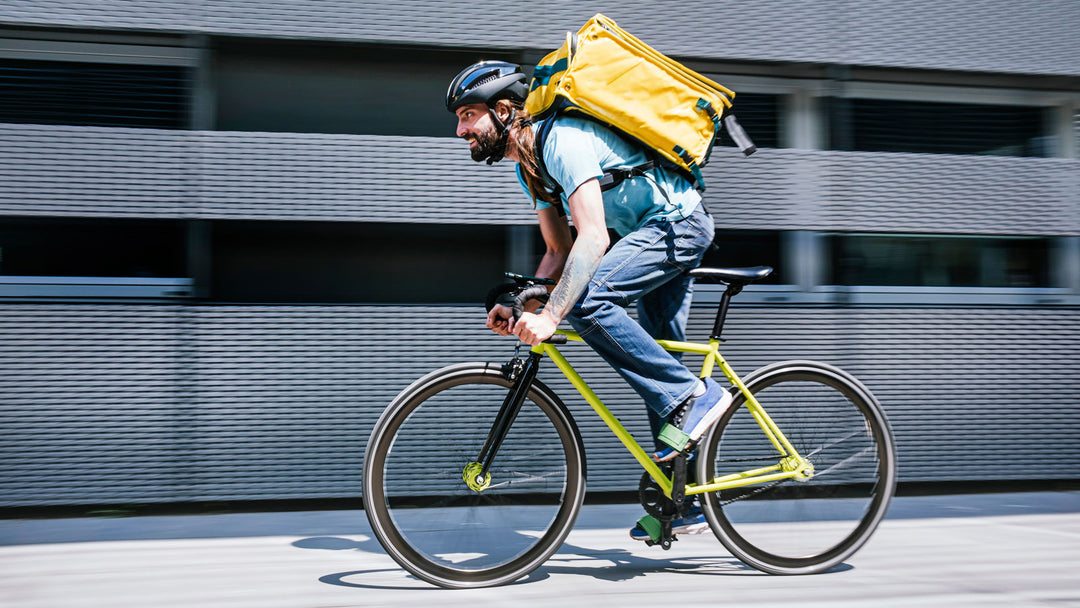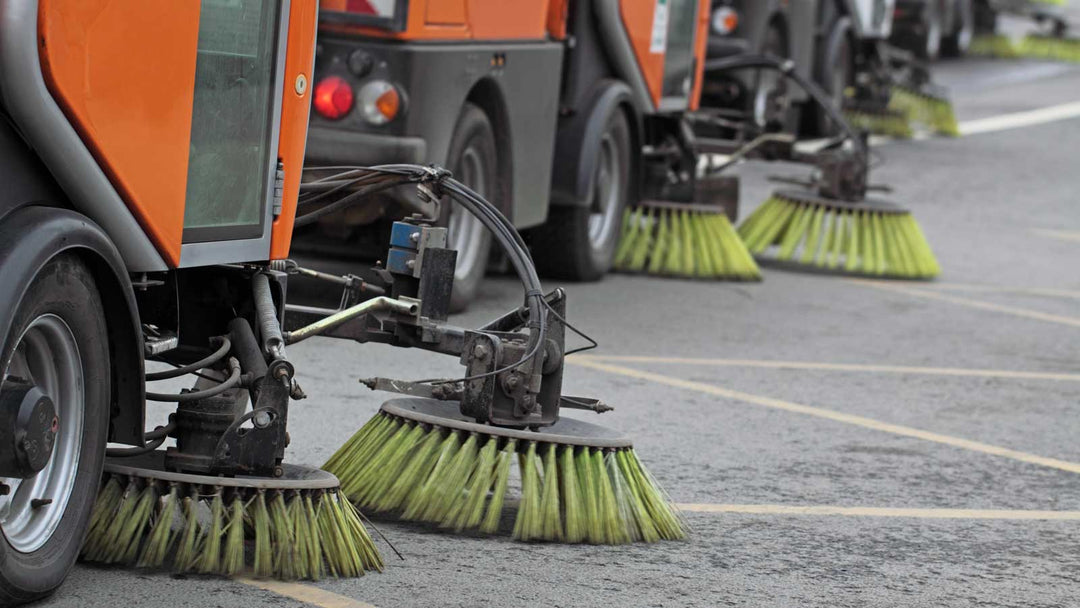How to Avoid Bonking on Long Rides
How to Avoid Bonking on Long Rides
Introduction
Bonking, or hitting the wall, is a common dread for many endurance athletes, particularly cyclists. It refers to the point during a long ride when the body runs out of glycogen stores, leading to sudden fatigue and a drop in performance. Fortunately, with proper nutrition and hydration strategies, you can avoid this daunting experience and maintain your energy levels throughout your ride.
Understanding Bonking
Bonking is primarily caused by the depletion of the body's carbohydrate reserves, which are crucial for sustained high-intensity performance. When these stores are depleted, the body is forced to burn fat, which is less efficient, resulting in decreased speed and power, mental fog, and even mood swings.
Signs of Bonking
- Sudden feeling of weakness or lethargy
- Irritability and mood changes
- Confusion or difficulty focusing
- Unexpected hunger pangs
- Slowing down despite intense effort
Nutrition Strategies
Proper nutrition is your best defense against bonking. Planning your meals and snacks strategically before and during the ride can make all the difference.
Pre-Ride Nutrition
1. Carbohydrate loading: Begin increasing your carbohydrate intake several days before your ride.
2. Balanced breakfast: On the day of the ride, have a high-carb, moderate-protein, and low-fat breakfast to sustain energy levels.
During-Ride Nutrition
- Frequent carbohydrate intake: Consume about 30-60 grams of carbohydrates per hour to maintain glycogen levels. This can be through sports drinks, gels, or energy bars.
- Easy-to-digest foods: Opt for foods that are easy on the stomach, such as bananas or oat bars.
Hydration Strategies
Staying hydrated is equally crucial. Dehydration can exacerbate the effects of bonking.
Pre-Ride Hydration
- Begin hydrating the day before the ride. Aim for light yellow urine as a sign of proper hydration.
During-Ride Hydration
- Regular fluid intake: Drink small amounts frequently to aid digestion and absorption. Aim for 500-750 ml per hour, depending on the weather conditions.
- Electrolyte balance: Use electrolyte solutions to replenish salts lost through sweat.
Training and Adaptation
Training your body to utilize fat as a fuel source can also help prevent bonking. Long, slow rides increase the muscles' ability to use fats efficiently, conserving glycogen stores.
Incremental Increase in Distance
Gradually increasing the length of your rides will help enhance your metabolic efficiency, allowing you to ride longer without bonking.
Recovery and Monitoring
Post-ride recovery is essential to replenish glycogen stores and prepare the body for the next challenge.
Effective Recovery Practices
- Immediate carbohydrate intake: Consume carbs within 30 minutes of finishing your ride.
- Protein for muscle repair: Include a moderate amount of protein to aid in muscle recovery.
Conclusion
Avoiding bonking on long rides is all about preparation and strategy. By understanding the signs of glycogen depletion and implementing effective nutrition and hydration strategies, you can sustain energy levels and enhance your riding performance. Remember, every cyclist is different, so tailor these strategies to fit your personal needs and responses.
> "Proper preparation prevents poor performance. Stay energized, stay hydrated, and enjoy your ride!"
Ready to tackle your next long ride without the fear of bonking? Start implementing these strategies today and see the difference in your endurance and performance!






